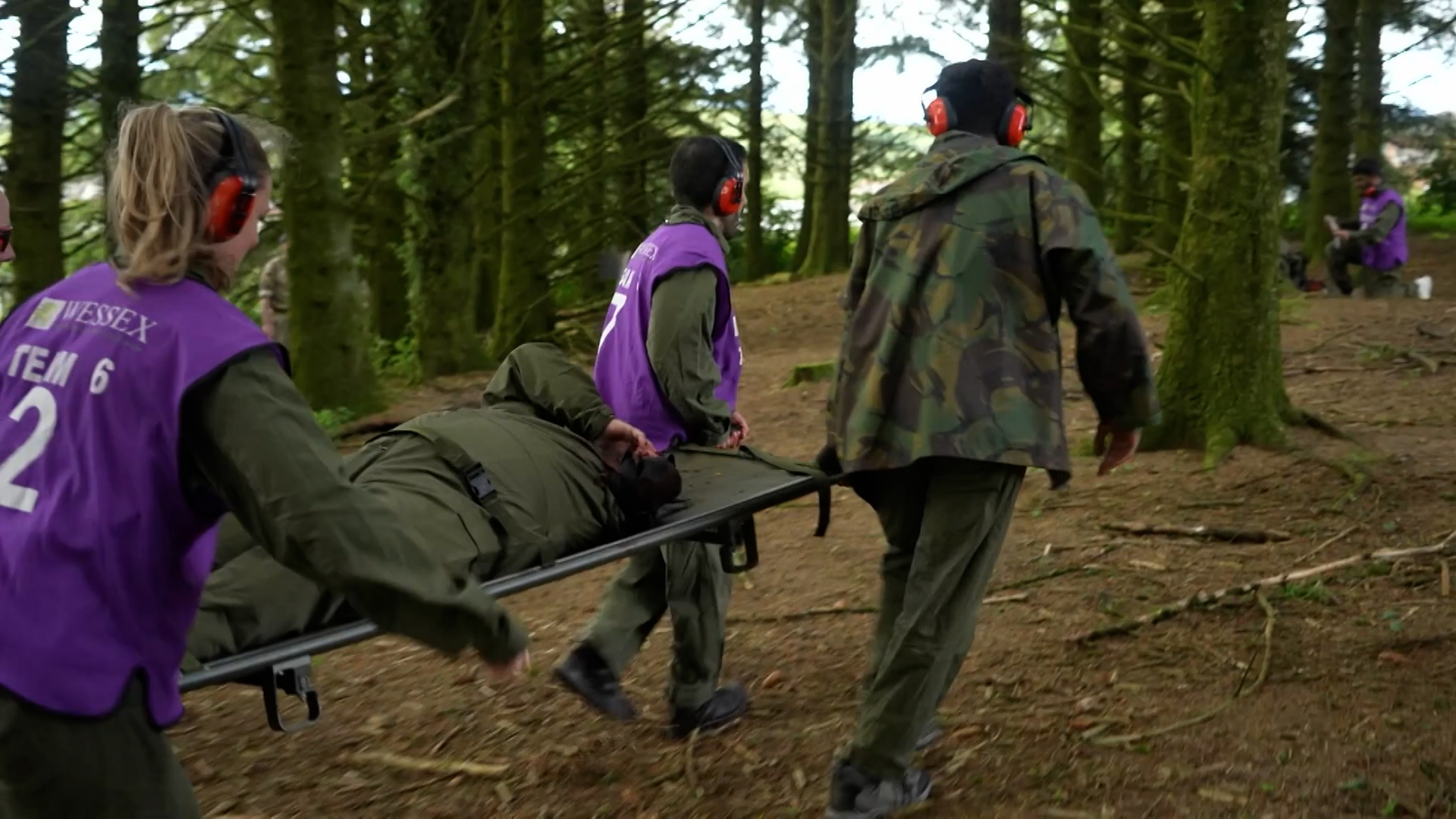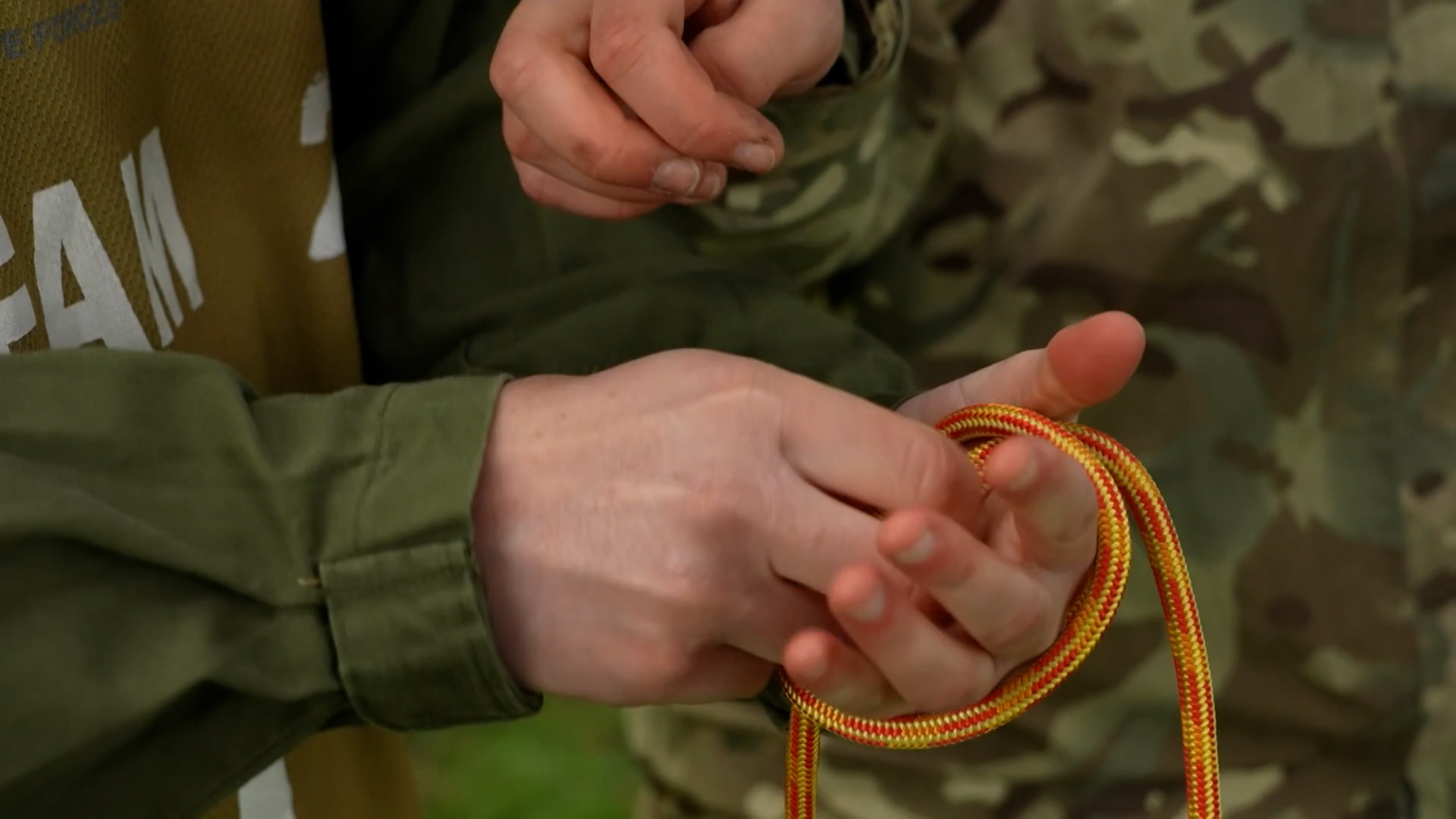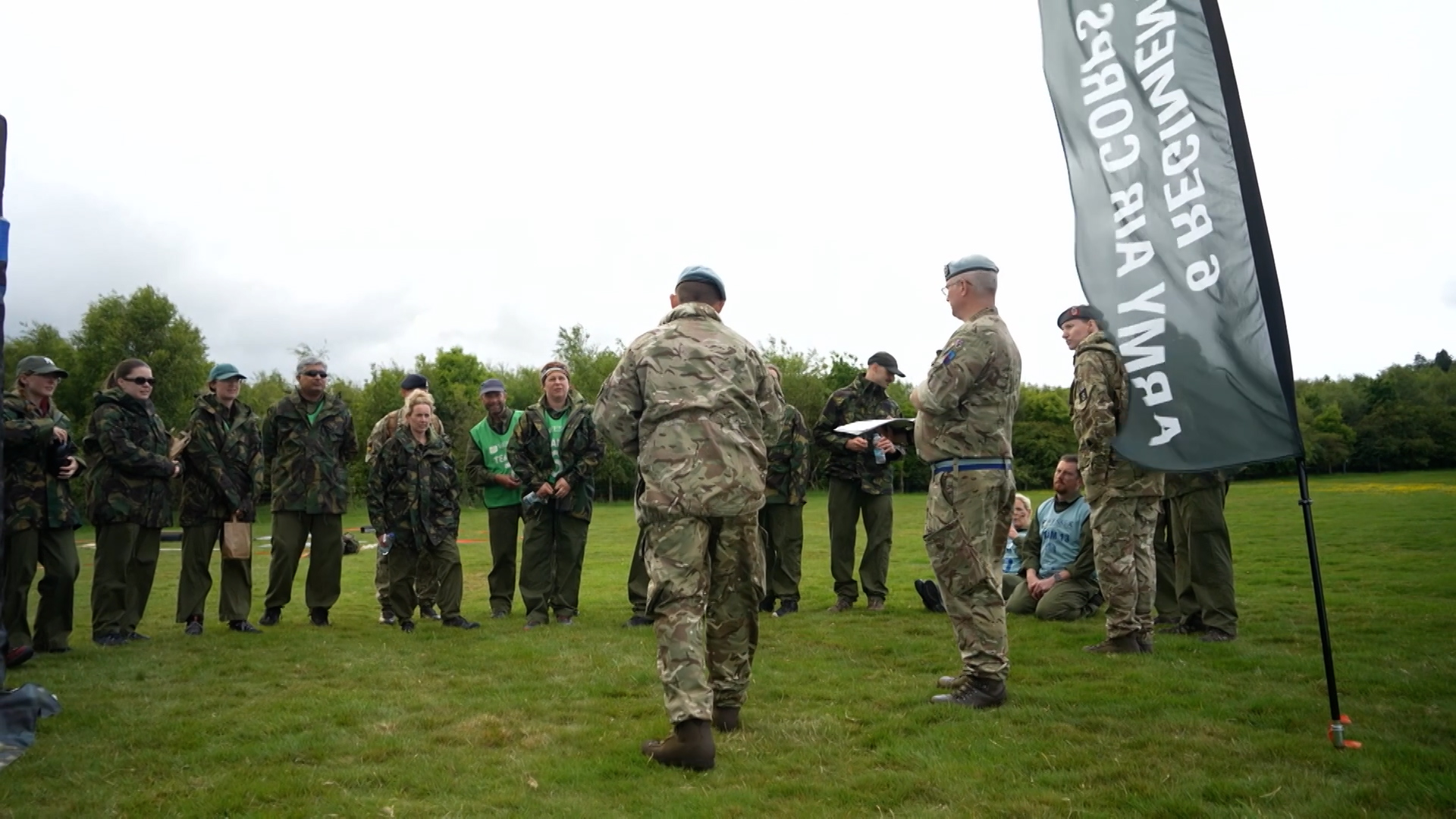Military medics adapting and evolving to meet the challenges of the modern battlefield
The conflicts in Ukraine and Gaza have shown how military medicine is changing - and the idea of setting up a field hospital to treat injured personnel in a safe area behind the frontline is becoming a thing of the past.
The battlefield is transforming – and so too must military medics.
With this in mind, the Armed Forces are seeking a new type of reservist.
Fifteen years ago during a firefight with insurgents in Afghanistan, a 19-year-old private was shot in the shoulder.
He was picked up from the battlefield and stretchered onto a helicopter that lifted him to the safety of the skies.
The chopper landed and the medics raced him through the dust, bursting through the Camp Bastion Trauma Centre doors.
At Bastion, he was treated by professionals in relative safety, far from the frontline and with kit and facilities similar to their hospitals back home.
Casualties who made it this far had a good chance of survival - and this soldier made it through.
But the conflicts raging today look very different from those in Iraq and Afghanistan.
Healthcare specialists deployed in these wars would not have the luxury of a field hospital – tented or hardstanding.

Polyvalent practitioners
The practitioners of the kind of military medicine we are witnessing in Ukraine and Gaza are having to find ways to be much more agile, more stealthy and a lot more resourceful.
"The term that's used is 'polyvalent'," said Major David Lester-Morris, the Executive Officer of 243 Multi-Role Medical Regiment.
"So they need to be a jack of all trades. They need to be able to hide in plain sight, hide in the noise of a city or blend into a landscape.
"They need to be able to think about levels of engineering and kit husbandry - drilling holes in things in order to make the best treatment space in what you've got available.
"And if that means cutting down part of a tree or knocking down part of a building as well as doing your surgery, then that skillset has to grow."
Modern military medics also have to be good at survival as they need to stay alive to treat their casualties.

Green Army skills now more relevant
Maj Lester-Morris agrees that basic fieldcraft skills are becoming a lot more important for medics.
This is a significant change in mindset from the traditional work of healthcare practitioners in a field hospital.
"If you were to use an analogy on the streets in the UK, it would be like the whole hospital teams working with the ambulances as a cohesive unit that is mobile," explained Maj Lester-Morris.
"So the hospital moves with the ambulances and the paramedics on the street with elements in between them that then deliver that continuum of care all at the same time."
To adapt to this changed world, military medicine has been restructured.
Where once there were field hospitals, as of the start of this year, we now have multi-role medical regiments - two regular and nine reserve.
Each regiment consists of two hospital squadrons, a medical squadron and a support squadron, with the whole care pathway now becoming more agile and more mobile.

Rising to the recruitment challenge
Recruiting reservist medics has always been a challenge.
Lieutenant Colonel Heather Saunders of HQ Defence Medical Services said they were fishing from a small pond of highly skilled professionals.
And unlike the NHS – the military can not fill gaps with skilled people from abroad for security reasons.
The military has always drawn a huge number of reservists from the NHS.
Now it is trying to entice private healthcare providers to come on board and encourage their staff to become reservists.
And Lt Col Saunders is optimistic they will come. She said: "During Afghanistan, people wanted to join because there was that buzz about that.
"I think people are now realising that we're looking at and training for a different type of scenario, and that actually the excitement of that and everything that comes with it is still bringing people through the doors."







